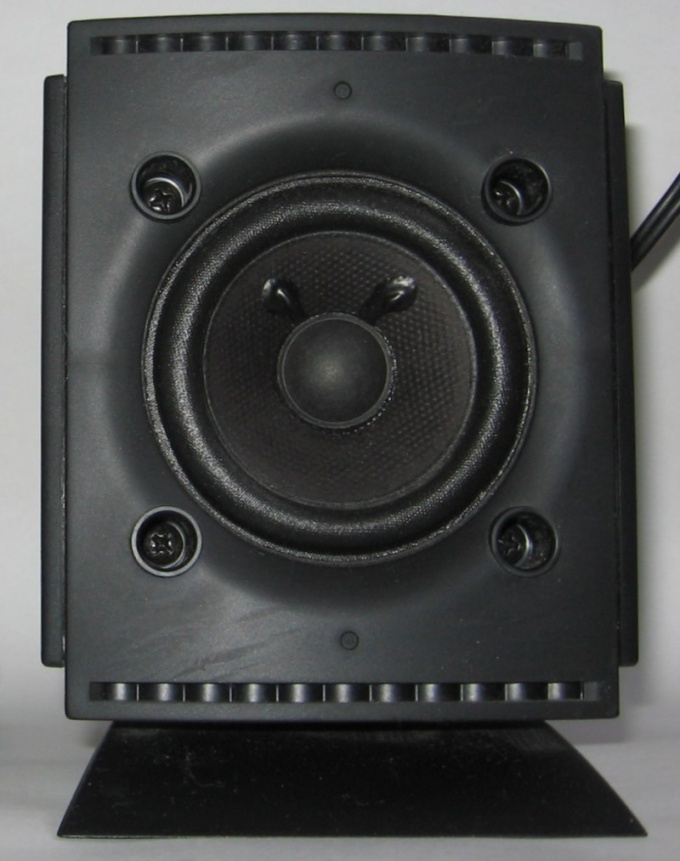Instruction
1
Fabricate to check speakers special sampler. To do this, take an ordinary pocket lamp based on incandescent bulbs. Remove the switch and instead connect the two probes. They have to be isolated pens, as in the time of the off voltage at the terminals of the head there is a voltage of self-induction. Check the polarity of the voltage across the probes with a test voltmeter. Coat them with the appropriate designation. Make sure that if the probes are close, the light bulb glows.
2
Turn off the amplifier and all stereocomplex (including and from the socket). Disconnect both output drivers from other circuits to the speaker. Connect the probes to the terminals head without touching neither the last nor the metal parts of the probes. At this point, look carefully at the diffuser. If it moves outwards, and when you disable the interior, the polarity is correct. If the reverse is the case, change the polarity connection of the test leads, then repeat the test. Then mark on the frame the dynamic head of a black permanent marker polaritycorresponding to the polarity of the probes.
3
Carry out the same operation in relation to the other speakers within one speaker system. Regardless of how they are connected (directly or through crossover), connect them in-phase so that the red terminal on the rear of the column was consistent with the positive findings of the heads.
4
Also check and, if necessary, readjust the second speaker system. Closing the housing of both speakers, check that they are connected to the amplifier. On the cable, which is such a compound, there are special red labels. In all cases the conductor labeled connect to red terminal, and conductor no label - black.
5
Turn on stereocomplex. Compare its sound to that which occurred prior to alteration.
